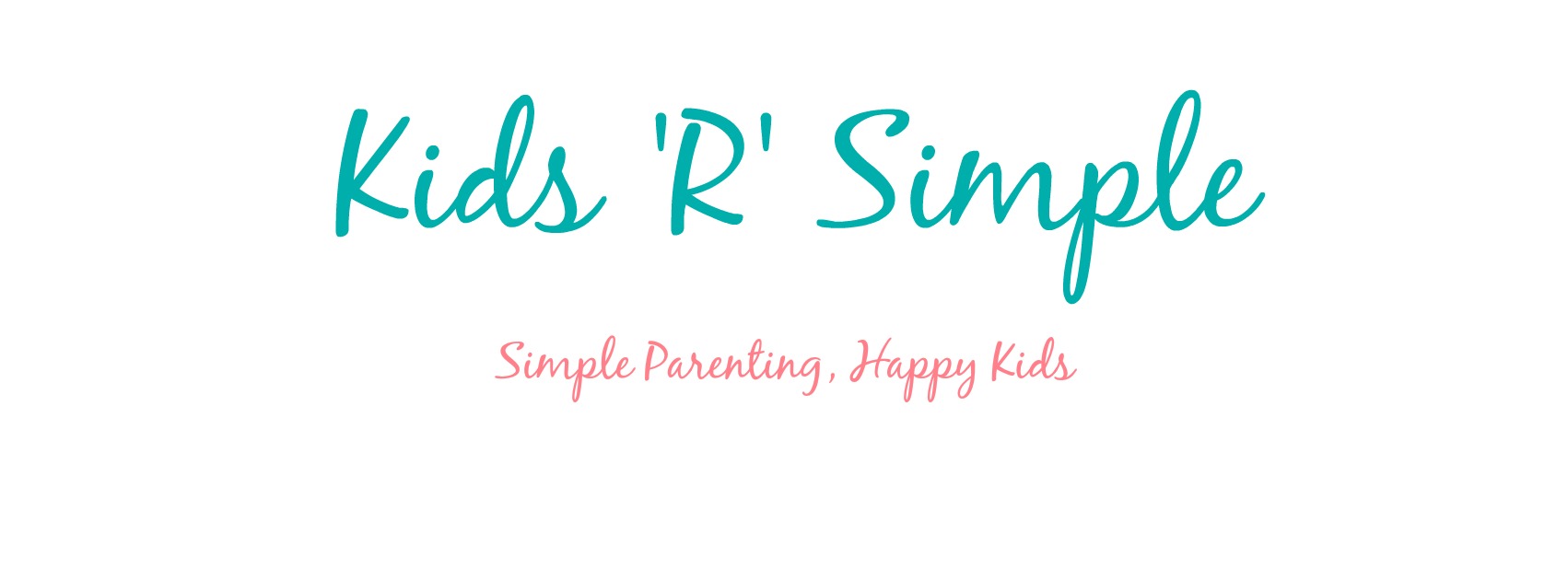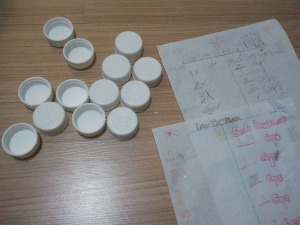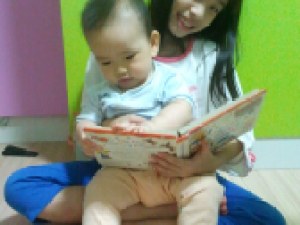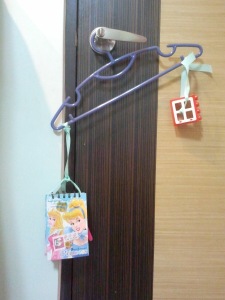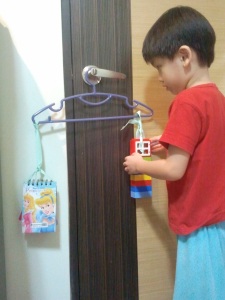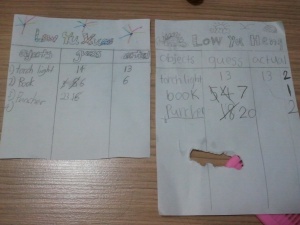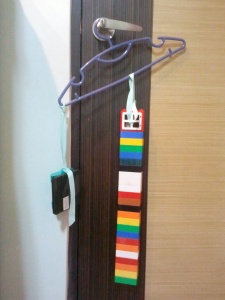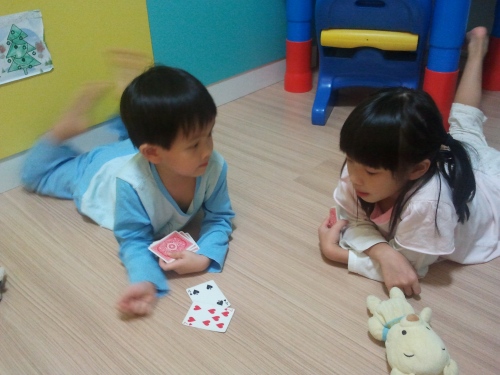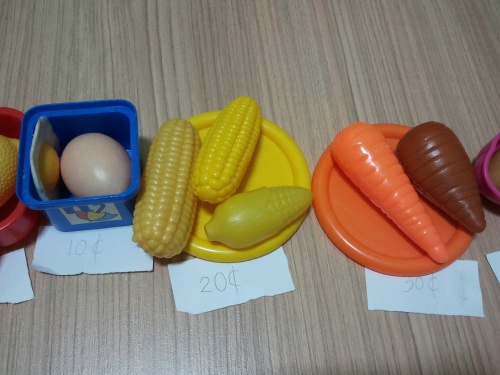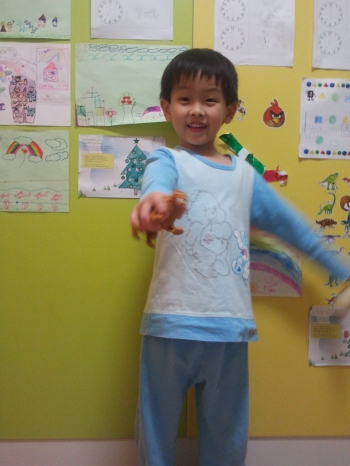
In our family, we speak Chinese 90% of the time. As a result, our kids are strong in this language that many kids here are struggling with. However, in Singapore, we have to be bilingual and are taught English and Chinese since young. English, being our teaching medium, is extremely important in getting good grades in schools. Without a good English foundation, students will struggle to understand Mathematics problem sums and tackle English comprehension questions.
Recently, my 8 year old girl is losing marks in her test papers due to her weakness in the English language. She does not have full understanding of the questions. It is not easy to be equally good in 2 languages and I do empathize with her. I take a partial blame too that I do not speak much English at home. I always believe my kids can pick up English in school easily since they interact with mostly English-speaking classmates daily. I read to them since they were babies and am still reading to them. Perhaps they are not reading enough on their own. Despite being worried about their English standard, I have never regretted speaking Chinese primarily at home. I take pride that their Chinese is strong as Chinese is indeed a very difficult language to master. It is important to speak well since it is our Mother Tongue.
So, when I knew about a workshop where the famous speaker Dr Thomas Armstrong is going to share tips on teaching everything from phonics to reading comprehension using brain strategies, I was curious to find out if there are ways for me to help my girl with her comprehension skills. This workshop is held in conjunction with the Rise and Shine Expo which will span across 3 days of exciting kids’ activities, premium brands and workshops for parents from 27-29 Sept 2013. This speaker is an award winning author of “Nurturing Multiple Intelligences in Children”. I have extracted some details to this workshop here:
Workshop with Dr. Thomas Armstrong: The multiple intelligences of reading and writing: making the words come alive!
This workshop will show parents how to help children develop literacy skills by linking words to images, music, logic, emotions, physical expression, social context, oral language, and nature. Dr. Armstrong draws upon recent neuropsychological research in showing how reading and writing skills are whole brain activities, and he provides practical tips and suggestions for teaching everything from phonics to reading comprehension using whole brain strategies.
This workshop is for parents with children from 3 to 12 years old who want to lay strong foundation in their kids in reading and writing using the concept of multiple intelligences.
Speaker:
Dr Thomas Armstrong
Award Winning Author and Advocator of Nurturing Multiple Intelligences in ChildrenDr Thomas Armstrong is the author of fifteen books including Multiple Intelligences in the Classroom, In Their Own Way, Awakening Your Child’s Natural Genius, 7 Kinds of Smart,The Myth of the A.D.D. Child and Awakening Genius in the Classroom. His books have been translated into twenty-six languages. He has appeared on several national and international television and radio programs, including NBC’s ”The Today Show”, “CBS This Morning”, “CNN”, the “BBC” and “The Voice of America”. Articles featuring his work have appeared in The New York Times, the Washington Post, USA Today, Investor’s Business Daily, Good Housekeeping, and hundreds of other newspapers and magazines around the country.
Date: Sat, 28 Sept
Time: 2.30pm – 4pm
Venue: Room 305, Suntec Convention HallTo register for the workshop, please click here.
Price: $20
Early bird discount by 2 Sept: 10% off
Group booking: 3 or more in a group enjoy 50% off
PAssion Card holders: 1 for 1 signup (partner attends for free)For more details on this Rise and Shine Expo, click here.
I would encourage those parents who are keen to help on their children’s language development to attend this workshop.
Being a Rise and Shine partner blogger, I am entitled to give away 5 pairs of tickets (worth $20 for each ticket) to my readers for this workshop. If you are interested to know how this workshop can benefit the reading and writing skills of your child, please do the following:
1) Like Kids R Simple and Rise and Shine facebook fan pages
2) Leave a comment below with your email address or on Kids R Simple facebook page (If you are not comfortable with leaving your email address, please message me via facebook)
3) The closing date for enrolment of giveaway is on 6 Sept 2013.
Good luck!
This is the first part of the Rise and Shine Expo Giveaways.
Stay tune for the second giveaway…
